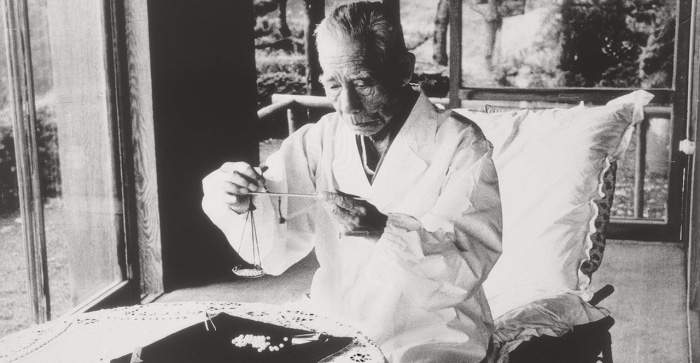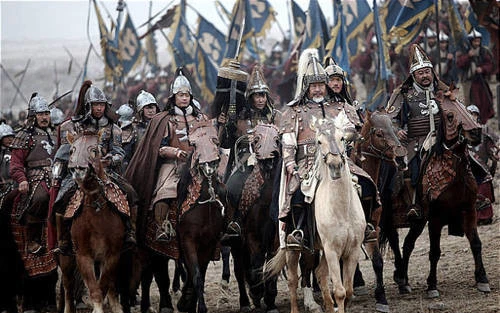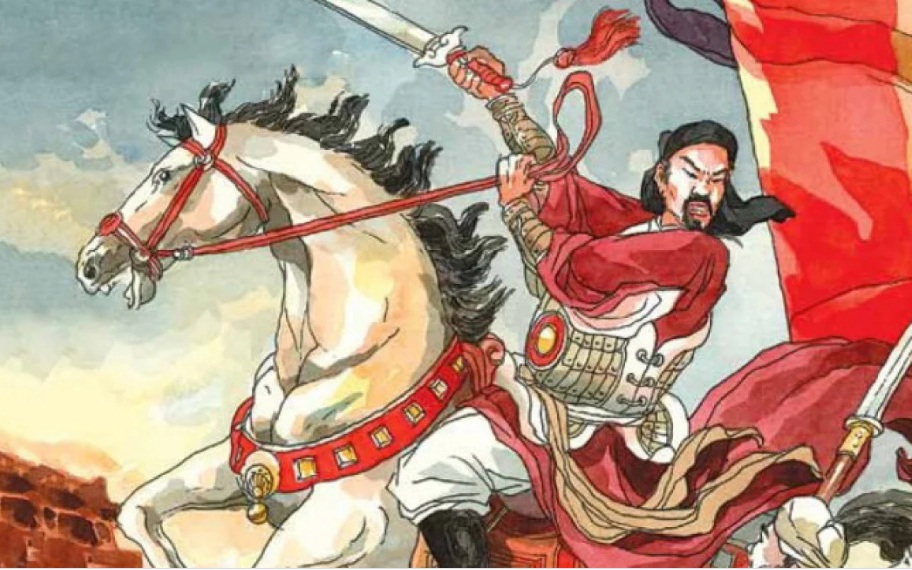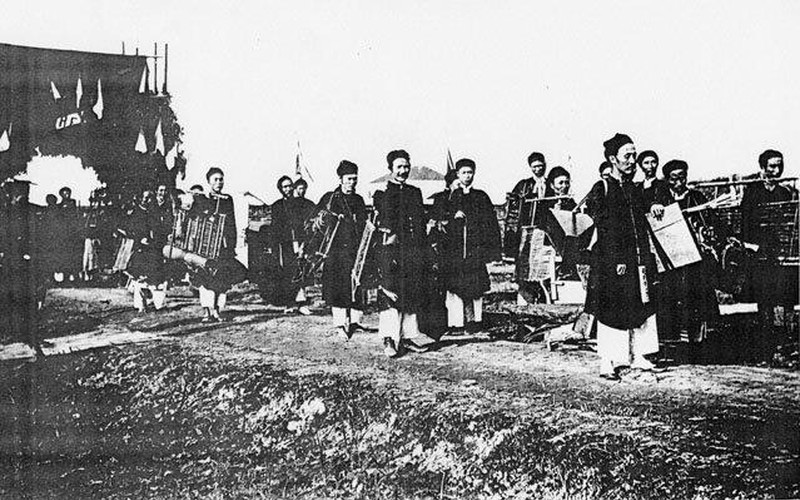The pearl king of all time
Born on January 25, 1858, Kokichi is the oldest brother in an ordinary family with eight sons and three daughters, the whole family lives on a noodle shop named Awako in Toba city, Mie prefecture (Japan). was founded by his grandfather Kichizo, who had a great influence on Kokichi. From an early age, Kokichi showed an innate business aptitude when participating in noodle shops, and at the same time buying and selling other items such as seafood, seaweed, coal, vegetables, etc.
In his spare time, he also participates in traditional Kyogen plays and is very popular when performing at the Kata temple in Toba. At the age of 17 (1875), Kokichi had the opportunity to admire the British Royal Navy’s battleship HMS Silver docked at Toba port; Many fishermen tried to use the small boats close to the side of the ship to sell essential items to the crew, but were chased away. Thanks to his clever mind and special attention-grabbing skills, Kokichi successfully sold their goods and earned the first foreign currency in his life.

The Pearl King Kokichi Mikimoto (1858-1954).
A love affair with pearls
Ready with the blood of adventure and discovery, Kokichi always hopes to one day travel around. In 1878, after asking his father’s permission, he walked from Toba to Tokyo in 11 days. The trip opened up a lot of business ideas for Kokichi when he witnessed how Chinese merchants exchanged goods at the port of Yokohama for abalone, sea cucumbers… and especially pearls. from the Shima region – close to where he lived – priced very high. The dream of becoming a pearl merchant began to take shape there.
When learning about pearl purchasing activities, Kokichi discovered a paradox that while large pearls are difficult to find, the market is only popular for small beads (Keshi), but with a price that is also sky-high. are collected and processed by Chinese traders, and are also becoming increasingly scarce due to over-exploitation. The idea of an artificial pearl farm was carried out by him in 1888, but had many initial difficulties, mainly due to technical errors. The wrong method plus other factors such as algal blooms, … caused mass death of mussels, making the business stand on the brink of bankruptcy. It was not until July 11, 1893, that Kokichi had the first successfully cultured pearl. But it took nearly 30 more years (1920s) before he became truly famous in the field of pearl culture and processing, regularly bringing his products to exhibitions and exporting them around the world1.
In 1919, when Kokichi brought round artificial pearls – cultured from the Gokasho farm – to London to exhibit and sell them for 25% less than natural pearls, Western jewelers immediately expressed their dismay. doubts about the quality of the product and lobbied the government to issue decrees against the trade in artificial pearls. However, researchers in the UK and France, after analyzing the ingredients, have confirmed that Kokichi’s pearls have the same quality as natural pearls. Winning the case made his name fly high in Europe.
In 1926, at the age of 68, Kokichi spent nine months traveling across the United States, visiting universities, research institutes, laboratories, and meeting famous figures. When he went to Europe, he often visited museums, famous jewelry designers, and on the way back, he also found an ideal place to raise mussels in the Bay of Bengal (India). It can be said that Kokichi has devoted most of his life to the research and development of the artificial pearl industry.
Friendship with Thomas Edison
In 1927, on his return trip to America, Kokichi met the great inventor Thomas Edison and was invited by him to visit his home in the town of West Orange, New Jersey. Holding Kokichi’s artificial pearl in his hand, the world’s inventor said: “This is a real pearl. In my lab, there are two things that cannot be created: diamonds and pearls. His success is one of the greatest miracles for mankind, something that seemed impossible with biotechnology.” After listening, Kokichi replied, “If you are the moon in the sky, then I would like to be an odd star in the galaxy.” The story was published in The New York Times, making Mikimoto pearls the most sought-after item.
A great personality
As someone who especially loves nature, especially the scenic spots of Shima Bay, Kokichi always hopes that this place will one day be planned as a national park for everyone to admire. In 1931, he proposed to the Japanese Ministry of Internal Affairs and self-financed to help expand the transportation system, establishing a park on Mount Asama, where an observation building was named Renju-an (or String of Pearls). which he frequents in the summer. This is also the first national park in Japan after World War I. Talking to the press, Kokichi said: “Japan must give more priority to the tourism industry, and I really want to open more such parks. nationwide”.
In real life, Kokichi is also a person who loves children very much. He always cherished the dream of writing a textbook for children, which did not come true until 1947 – the story “Pearl World” written by him was included in the 5th grade textbooks of Japanese students. Turning 90 years old, Kokichi said: “The most important thing in life is knowledge and luck – which determines success. If someone lives a long life, they are obviously successful themselves.” His spirit has been followed and promoted by his descendants to affirm the position of the Mikimoto Pearl brand in the world high-class pearl village.
at Blogtuan.info – Source: danviet.vn – Read the original article here


